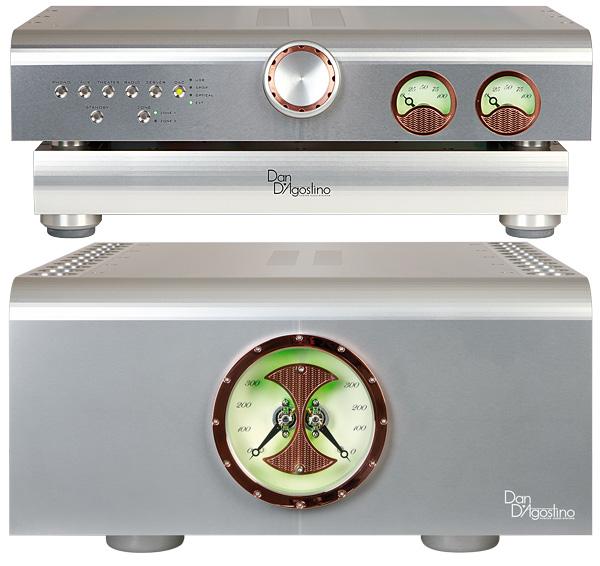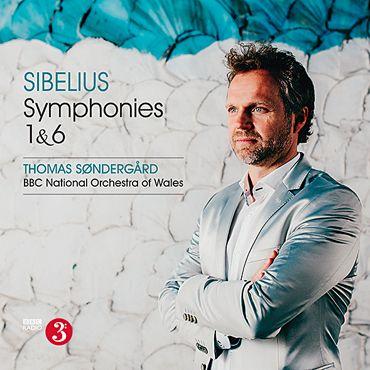LATEST ADDITIONS
|
Apr 02, 2018
|
Apr 01, 2018
|
Apr 01, 2018
|
Apr 01, 2018
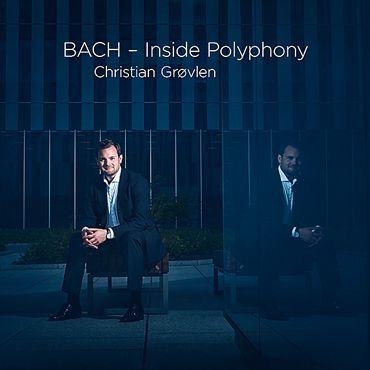
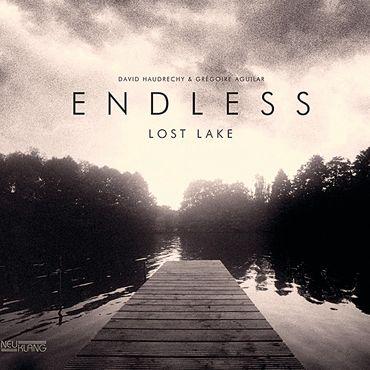
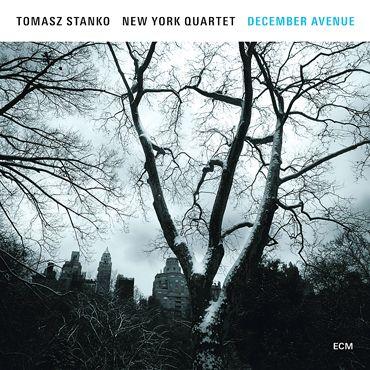
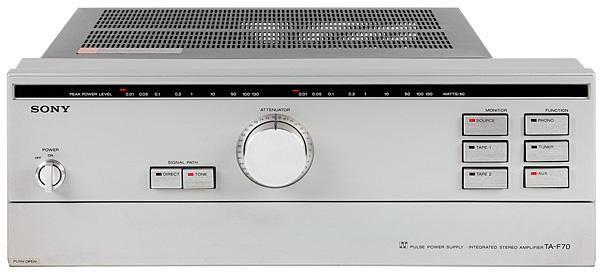
 It was an amp that gave fresh meaning to the term 'cooking on gas', but how does one of Sony's last classic super-integrateds shape up today? Time to find out...
It was an amp that gave fresh meaning to the term 'cooking on gas', but how does one of Sony's last classic super-integrateds shape up today? Time to find out...
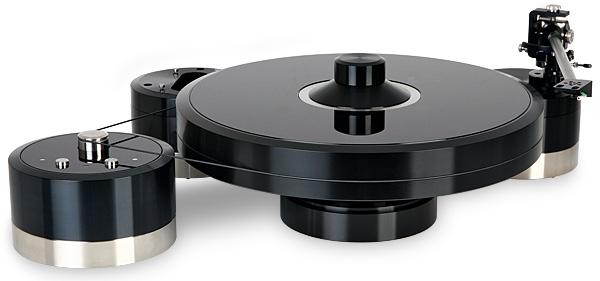
 Sporting a unique modular design that accommodates multiple tonearms, a tube-based PSU for the motor and novel heated bearing, this super deck is far from run of the mill
Sporting a unique modular design that accommodates multiple tonearms, a tube-based PSU for the motor and novel heated bearing, this super deck is far from run of the mill

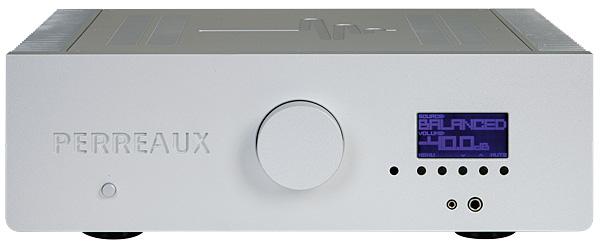
 Still billed as 'The World's Most Powerful Integrated Amplifier', Perreaux's MOSFET flagship has been tickled-up with a new digital input module. And more power too...?
Still billed as 'The World's Most Powerful Integrated Amplifier', Perreaux's MOSFET flagship has been tickled-up with a new digital input module. And more power too...?
